Home>Gardening & Outdoor>Landscaping Ideas>How To Prevent Grass Glands In Horses
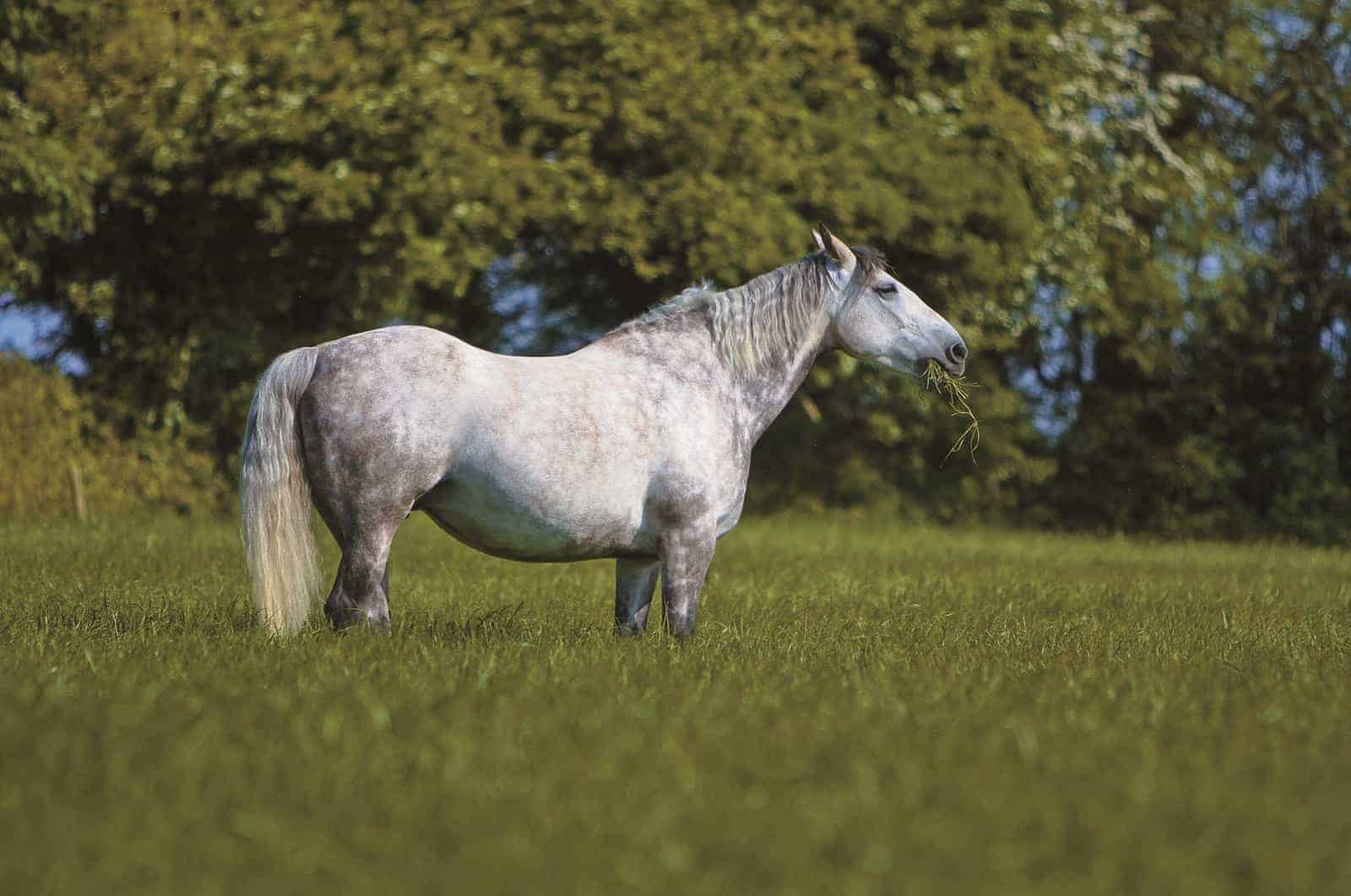

Landscaping Ideas
How To Prevent Grass Glands In Horses
Published: January 28, 2024
Learn effective landscaping ideas to prevent grass glands in horses. Discover practical tips to create a safe and healthy grazing environment for your equine companions.
(Many of the links in this article redirect to a specific reviewed product. Your purchase of these products through affiliate links helps to generate commission for Storables.com, at no extra cost. Learn more)
Introduction
Horses are magnificent creatures, known for their strength, agility, and beauty. As equestrians, we strive to provide the best care for our equine companions, ensuring their well-being and longevity. However, one common health concern that often arises in the equine community is the development of grass glands in horses. This condition, also known as equine Cushing's disease or pituitary pars intermedia dysfunction (PPID), can significantly impact a horse's quality of life if left unmanaged. In this article, we will delve into the intricacies of grass glands in horses, exploring the risk factors associated with this condition and discussing effective preventative measures. By gaining a comprehensive understanding of grass glands and implementing proactive strategies, we can safeguard our beloved horses from potential health complications and promote their overall wellness.
Grass glands, or equine Cushing's disease, occur when the pituitary gland in a horse's brain becomes overactive, leading to an imbalance in hormone production. This imbalance can manifest in various symptoms, such as abnormal hair growth, weight loss, increased susceptibility to infections, and a higher risk of laminitis. While the exact cause of grass glands remains under scientific scrutiny, it is crucial for horse owners and caretakers to familiarize themselves with the potential risk factors and adopt preventive measures to mitigate the impact of this condition.
In the subsequent sections, we will explore the nuanced aspects of grass glands in horses, shedding light on the dietary considerations, exercise management, and veterinary interventions that play pivotal roles in preventing and managing this condition. By equipping ourselves with the knowledge and tools necessary to address grass glands, we can cultivate a nurturing environment for our horses, allowing them to thrive and flourish in our care. Let's embark on this enlightening journey to safeguard the well-being of our equine companions and foster a deeper understanding of grass glands in horses.
Key Takeaways:
- Grass glands, or equine Cushing’s disease, can affect older horses and cause hormonal imbalances. Caretakers can prevent it by managing diet, exercise, and seeking regular veterinary check-ups.
- Recognizing the risk factors, such as age and genetics, and implementing proactive measures like balanced diet and regular exercise, can safeguard horses from developing grass glands. Regular veterinary check-ups are crucial for early detection and tailored treatment plans.
Read more: How Do Horses Eat Grass
Understanding Grass Glands in Horses
Grass glands, also known as equine Cushing’s disease or pituitary pars intermedia dysfunction (PPID), are a prevalent endocrine disorder that affects horses, particularly those in their late teens or older. This condition arises from an overactivation of the pituitary gland, leading to an abnormal increase in hormone production. As a result, horses with grass glands may exhibit a range of clinical signs, including abnormal hair growth, muscle wastage, excessive drinking and urination, lethargy, and a higher susceptibility to infections. Additionally, affected horses are at an increased risk of developing laminitis, a painful and debilitating condition that affects the hooves.
One of the hallmark features of grass glands is the abnormal growth of a horse’s coat, often characterized by a long, curly, and sometimes matted appearance. This distinctive change in hair texture, commonly referred to as hypertrichosis, is a visible indicator of the underlying hormonal imbalance associated with grass glands. Moreover, horses with this condition may experience weight loss despite maintaining a consistent or increased appetite, further highlighting the metabolic disruptions caused by PPID.
It is important to note that while the exact cause of grass glands remains the subject of ongoing research, several factors are believed to contribute to the development of this condition. Age is a significant risk factor, with older horses being more susceptible to experiencing hormonal imbalances associated with PPID. Furthermore, genetic predisposition and environmental influences may also play a role in the onset and progression of grass glands in horses.
As conscientious caretakers, it is essential to recognize the clinical signs and symptoms of grass glands, as early detection and intervention can significantly impact the management of this condition. By understanding the underlying mechanisms and manifestations of grass glands, horse owners and equestrians can proactively address the health needs of their equine companions, thereby promoting a higher quality of life and overall well-being for their horses.
Identifying Risk Factors
Recognizing the risk factors associated with grass glands in horses is instrumental in implementing proactive measures to safeguard equine health. While grass glands, also known as equine Cushing’s disease, can affect horses of various ages and breeds, certain factors contribute to an increased susceptibility to this endocrine disorder.
Age is a predominant risk factor for the development of grass glands in horses. As equines advance in years, the likelihood of experiencing hormonal imbalances, particularly related to the overactivity of the pituitary gland, becomes more pronounced. Horses in their late teens and older are at a heightened risk of developing PPID, necessitating vigilant monitoring and proactive management strategies to address potential health complications associated with this condition.
Genetic predisposition may also play a role in the prevalence of grass glands in certain equine lineages. While the precise genetic markers and inheritance patterns linked to PPID are still being elucidated, there is evidence to suggest that hereditary factors can influence an individual horse’s susceptibility to developing this endocrine disorder. By considering the genetic background of horses, breeders and caretakers can gain insights into the potential predisposition to grass glands, enabling them to tailor preventive measures and health management protocols accordingly.
Environmental influences, such as diet, exercise, and stress levels, can impact the onset and progression of grass glands in horses. Diets high in non-structural carbohydrates and sugars have been associated with an increased risk of developing laminitis, a common complication of PPID. Therefore, dietary considerations and nutritional management play a crucial role in mitigating the impact of grass glands. Additionally, stress levels and exercise regimens can influence hormonal balance and overall well-being in horses, underscoring the importance of providing a conducive and low-stress environment for equine companions.
By understanding and identifying the risk factors linked to grass glands in horses, equestrians and caretakers can proactively implement preventive measures and tailored management strategies to mitigate the impact of this endocrine disorder. Through vigilant observation, genetic awareness, and environmental considerations, horse owners can foster a supportive and nurturing environment that promotes the long-term health and well-being of their beloved equine companions.
Implementing Preventative Measures
Proactively addressing grass glands in horses involves implementing a multifaceted approach that encompasses dietary considerations, exercise management, and vigilant monitoring. By integrating preventive measures into the daily care and management of equine companions, caretakers can mitigate the impact of this endocrine disorder and promote the overall well-being of their horses.
One pivotal aspect of preventive care for horses at risk of grass glands involves dietary considerations. Providing a balanced and nutritionally appropriate diet is essential in managing the metabolic implications of PPID. This includes offering forage with controlled non-structural carbohydrates and sugars, as high-sugar diets have been linked to an increased risk of laminitis, a common complication of grass glands. Additionally, supplementing with essential nutrients, such as vitamins and minerals, can support overall health and metabolic function in affected horses.
Exercise and turnout management play a significant role in supporting the physical and mental well-being of horses with or at risk of developing grass glands. Regular, moderate exercise can help maintain muscle tone, support metabolic health, and alleviate stress, contributing to a balanced and healthy lifestyle for equine companions. Adequate turnout time in a safe and stimulating environment allows horses to engage in natural behaviors, promoting mental stimulation and overall well-being.
Vigilant monitoring and regular veterinary check-ups are integral components of preventive care for horses susceptible to grass glands. Close observation of clinical signs, such as abnormal hair growth, weight fluctuations, and changes in behavior, enables early detection and intervention. Furthermore, partnering with a knowledgeable equine veterinarian for routine examinations and diagnostic screenings can facilitate proactive management and tailored treatment plans, optimizing the health outcomes for horses affected by PPID.
By integrating these preventive measures into the daily care and management of horses, equestrians and caretakers can proactively address the potential implications of grass glands, promoting a higher quality of life and overall well-being for their equine companions. Through a holistic approach that encompasses dietary awareness, exercise management, and attentive monitoring, horse owners can cultivate an environment that supports the health and vitality of their beloved horses, fostering a deeper bond and mutual well-being.
Regular exercise and turnout can help prevent grass glands in horses. This allows them to move around and stretch their muscles, reducing the risk of developing these painful swellings.
Dietary Considerations
Optimizing the dietary regimen for horses affected by or at risk of developing grass glands is pivotal in managing the metabolic implications of this endocrine disorder. By tailoring the equine diet to support metabolic health and overall well-being, caretakers can mitigate the impact of grass glands and promote a balanced lifestyle for their horses.
For horses with grass glands, or those predisposed to this condition, controlling the intake of non-structural carbohydrates (NSC) and sugars is paramount. Diets high in NSC and sugars have been associated with an increased risk of laminitis, a common and debilitating complication of equine Cushing’s disease. Therefore, providing forage with controlled levels of NSC and sugars, such as low-sugar hay and pasture, is essential in managing the metabolic implications of PPID.
Supplementing the equine diet with essential nutrients, including vitamins and minerals, can support overall health and metabolic function in horses with grass glands. Ensuring adequate levels of key nutrients, such as vitamin E, selenium, and omega-3 fatty acids, can contribute to immune function, muscle health, and inflammatory modulation, providing comprehensive support for horses affected by this endocrine disorder.
Furthermore, incorporating targeted nutritional supplementation, such as adaptogenic herbs and antioxidants, may offer additional support for horses with grass glands. Adaptogenic herbs, known for their stress-modulating properties, can help mitigate the effects of chronic stress, which may be prevalent in horses with PPID. Additionally, antioxidants can aid in combating oxidative stress and supporting cellular health, contributing to a holistic approach to dietary support for horses affected by this condition.
Regular consultation with a knowledgeable equine nutritionist or veterinarian is instrumental in devising a tailored dietary plan that addresses the specific needs of horses with or at risk of developing grass glands. By leveraging the expertise of professionals in the field of equine nutrition, caretakers can formulate a comprehensive dietary strategy that optimally supports metabolic health, immune function, and overall well-being in horses affected by this endocrine disorder.
By conscientiously managing the dietary considerations for horses with grass glands, caretakers can play a proactive role in mitigating the metabolic implications of PPID and promoting a balanced lifestyle for their equine companions. Through a thoughtful and tailored approach to equine nutrition, horse owners can optimize the health and vitality of their beloved horses, fostering a nurturing environment that supports their long-term well-being.
Read more: What Grass Is Good For Horses
Exercise and Turnout Management
Exercise and turnout management play integral roles in supporting the physical and mental well-being of horses affected by or at risk of developing grass glands, also known as equine Cushing’s disease. By incorporating regular, moderate exercise and providing ample turnout opportunities, caretakers can promote a balanced and healthy lifestyle for their equine companions, thereby mitigating the impact of this endocrine disorder.
Regular, moderate exercise is beneficial for horses with grass glands, as it can help maintain muscle tone, support metabolic health, and alleviate stress. Engaging in activities such as riding, lunging, or hand-walking allows horses to expend energy, maintain physical fitness, and stimulate mental well-being. Additionally, exercise aids in promoting circulation, which can be particularly beneficial for horses at risk of developing laminitis, a common complication of PPID.
Adequate turnout time in a safe and stimulating environment is essential for horses with or predisposed to grass glands. Turnout allows horses to engage in natural behaviors, such as grazing, socializing, and moving freely, which contributes to mental stimulation and overall well-being. Careful consideration should be given to the turnout surface to minimize the risk of injury, particularly for horses with a higher susceptibility to laminitis due to PPID.
Furthermore, turnout management should take into account environmental factors, such as access to shade, water, and shelter, to ensure the comfort and safety of horses during outdoor activities. Providing a well-maintained turnout area with secure fencing and suitable amenities supports a conducive environment for horses to engage in natural behaviors and physical activity, contributing to their overall health and well-being.
By integrating regular, moderate exercise and providing ample turnout opportunities, caretakers can proactively support the physical and mental well-being of horses affected by or at risk of developing grass glands. This holistic approach to exercise and turnout management contributes to a balanced and healthy lifestyle for equine companions, fostering a nurturing environment that promotes their long-term well-being and quality of life.
Regular Veterinary Check-ups
Regular veterinary check-ups are integral to the proactive management of grass glands in horses, also known as equine Cushing’s disease or pituitary pars intermedia dysfunction (PPID). Partnering with a knowledgeable equine veterinarian for routine examinations and diagnostic screenings enables caretakers to monitor the health status of their horses, facilitating early detection, intervention, and tailored treatment plans for this endocrine disorder.
Veterinary check-ups for horses at risk of or affected by grass glands should encompass comprehensive physical examinations, including assessments of body condition, coat quality, and overall demeanor. These evaluations provide valuable insights into the clinical signs and symptoms of PPID, allowing for early detection and intervention to mitigate the impact of this endocrine disorder.
Blood tests, such as the measurement of adrenocorticotropic hormone (ACTH) levels, are valuable diagnostic tools in the monitoring and management of grass glands in horses. Regular screening for ACTH levels can aid in assessing hormonal imbalances and guiding treatment decisions, contributing to proactive management and tailored interventions for horses affected by this endocrine disorder.
Additionally, partnering with a knowledgeable equine veterinarian allows caretakers to devise individualized treatment plans that address the specific needs of horses with grass glands. This may involve the administration of medication, such as pergolide, which is commonly used to manage the clinical signs and hormonal imbalances associated with PPID. Furthermore, veterinary guidance and collaboration are essential in optimizing dietary considerations, exercise regimens, and overall health management for horses affected by this endocrine disorder.
Regular dental examinations are also crucial components of veterinary check-ups for horses with or at risk of developing grass glands. Dental health is intricately linked to overall well-being and nutritional intake, making routine dental care an essential aspect of proactive management for equine companions affected by PPID.
By prioritizing regular veterinary check-ups and collaborating with experienced equine veterinarians, caretakers can proactively monitor the health status of their horses, facilitate early detection of grass glands, and implement tailored interventions to mitigate the impact of this endocrine disorder. This collaborative approach to veterinary care supports the long-term well-being and quality of life for horses affected by PPID, fostering a nurturing environment that prioritizes their health and vitality.
Conclusion
Grass glands, also known as equine Cushing’s disease or pituitary pars intermedia dysfunction (PPID), present significant health considerations for horses, particularly those in their late teens or older. By gaining a comprehensive understanding of this endocrine disorder and implementing proactive measures, caretakers can mitigate the impact of grass glands and promote the overall well-being of their equine companions.
Understanding the clinical signs, risk factors, and dietary considerations associated with grass glands is instrumental in fostering a proactive approach to equine health management. Recognizing the predisposing factors, such as age, genetic influences, and environmental considerations, empowers caretakers to tailor preventive measures and support strategies that address the specific needs of horses at risk of developing PPID.
Implementing preventative measures, including dietary considerations, exercise management, and vigilant monitoring, plays a pivotal role in supporting the health and vitality of horses affected by or predisposed to grass glands. By providing a balanced and nutritionally appropriate diet, offering regular, moderate exercise, and ensuring ample turnout opportunities, caretakers can cultivate a nurturing environment that promotes a balanced and healthy lifestyle for their equine companions.
Regular veterinary check-ups are essential components of proactive management for horses with grass glands. Partnering with knowledgeable equine veterinarians for routine examinations, diagnostic screenings, and individualized treatment plans enables caretakers to monitor the health status of their horses, facilitate early detection, and implement tailored interventions to mitigate the impact of this endocrine disorder.
By integrating these proactive measures and fostering a collaborative approach to equine health management, caretakers can optimize the well-being and quality of life for horses affected by or at risk of developing grass glands. Through a holistic and attentive approach to care, horse owners can create a supportive environment that prioritizes the health and vitality of their beloved equine companions, fostering a deeper bond and mutual well-being.
Equipped with knowledge, compassion, and a proactive mindset, caretakers can navigate the complexities of grass glands in horses, paving the way for a fulfilling and nurturing journey alongside their equine companions. By championing the well-being of horses affected by this endocrine disorder, caretakers uphold the timeless bond between humans and horses, fostering an environment where equine companions can thrive and flourish.
Frequently Asked Questions about How To Prevent Grass Glands In Horses
Was this page helpful?
At Storables.com, we guarantee accurate and reliable information. Our content, validated by Expert Board Contributors, is crafted following stringent Editorial Policies. We're committed to providing you with well-researched, expert-backed insights for all your informational needs.
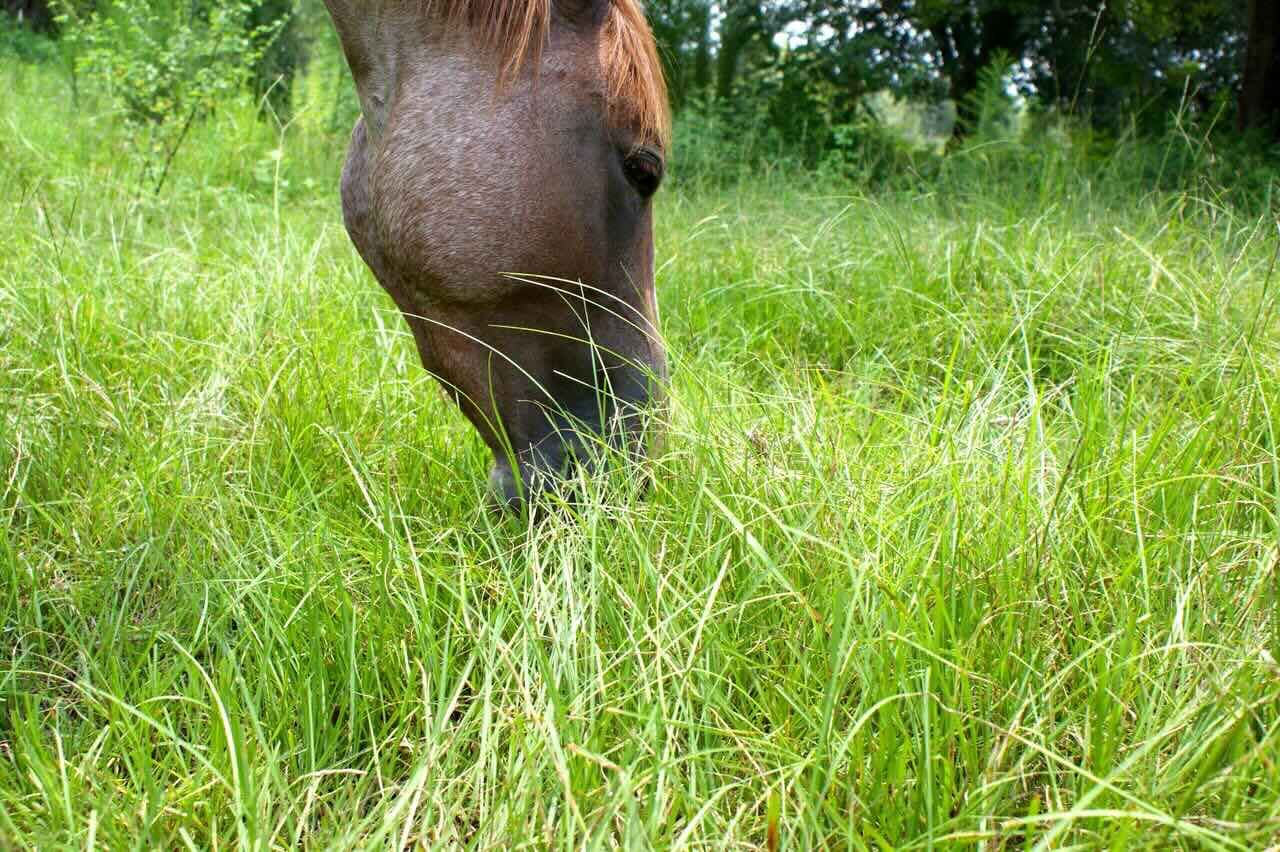
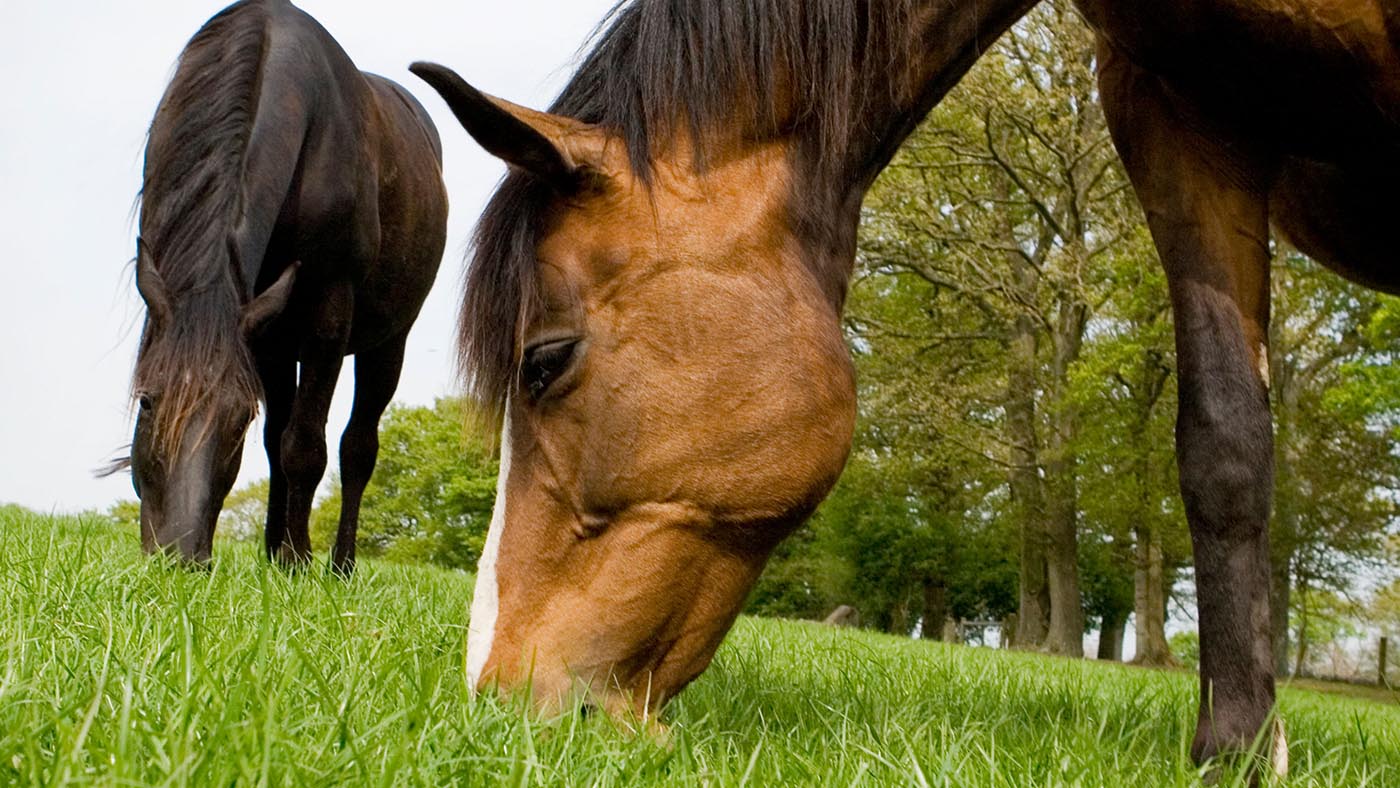
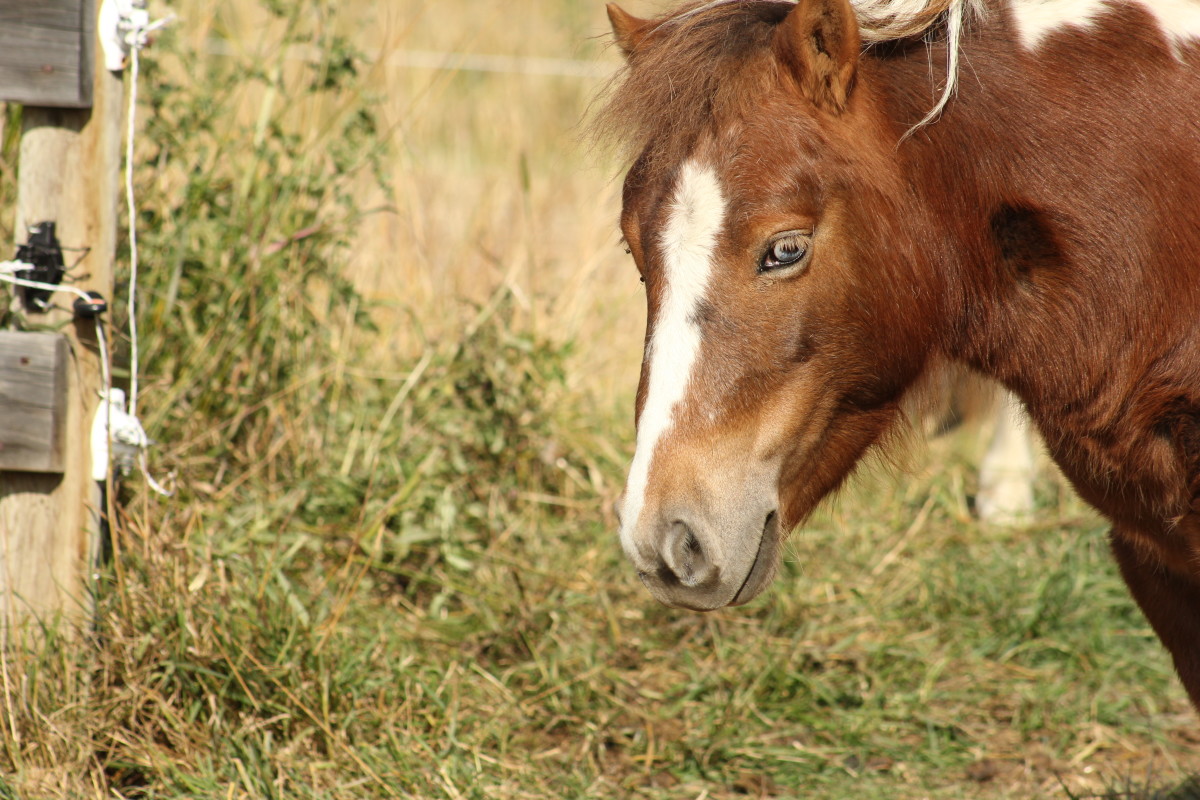
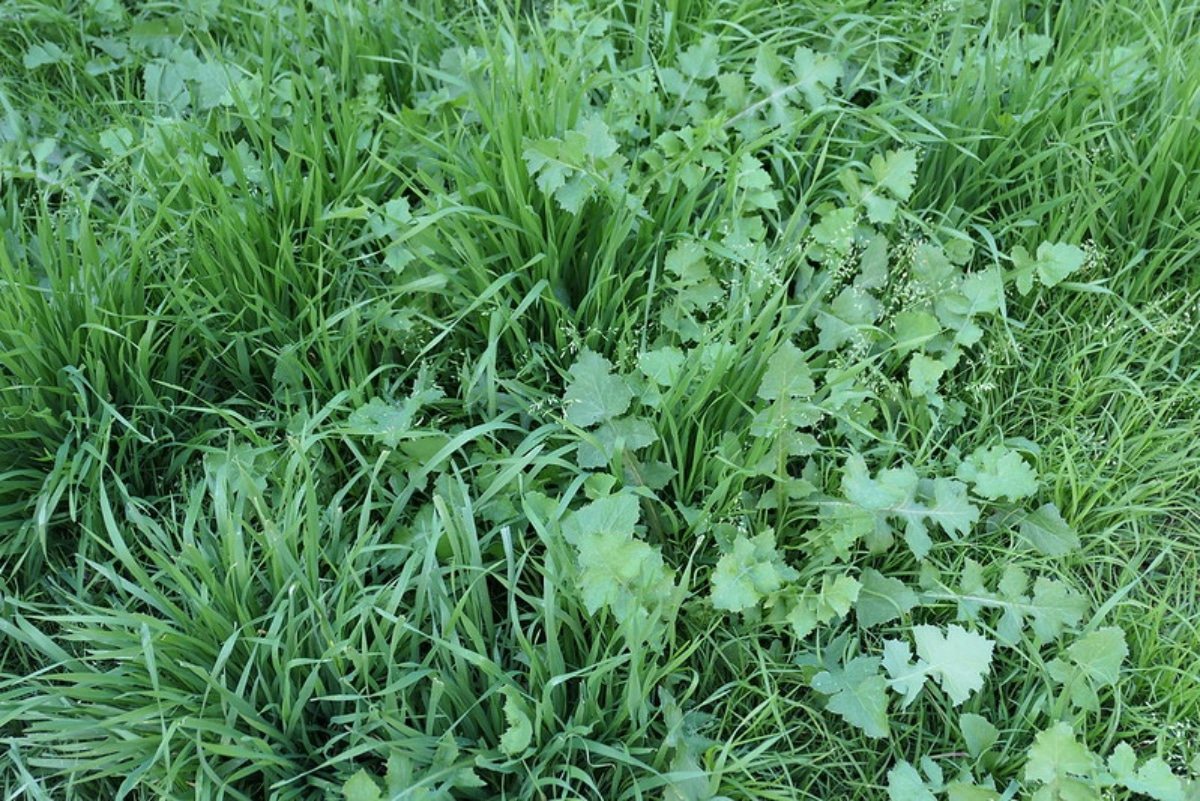
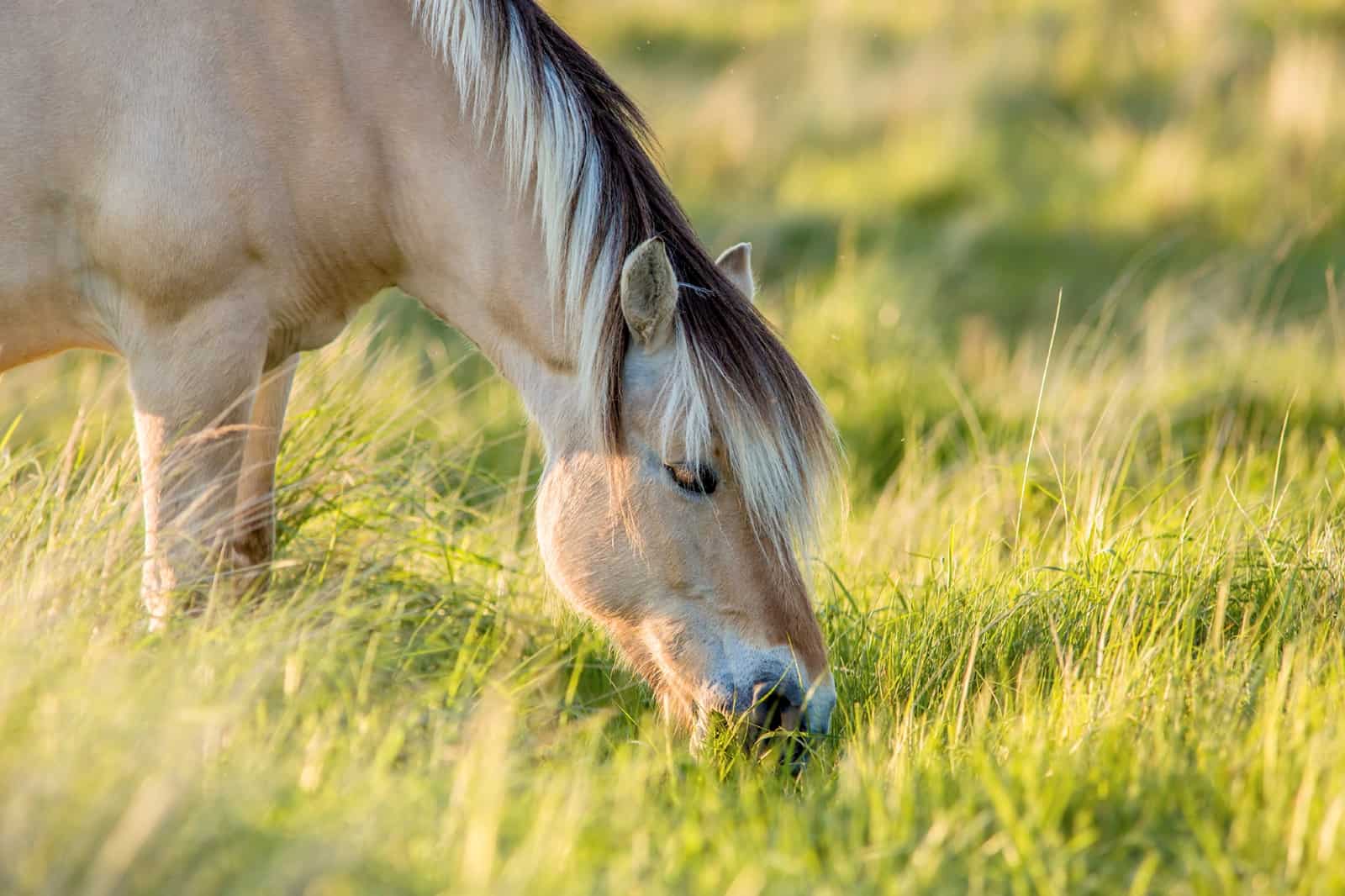

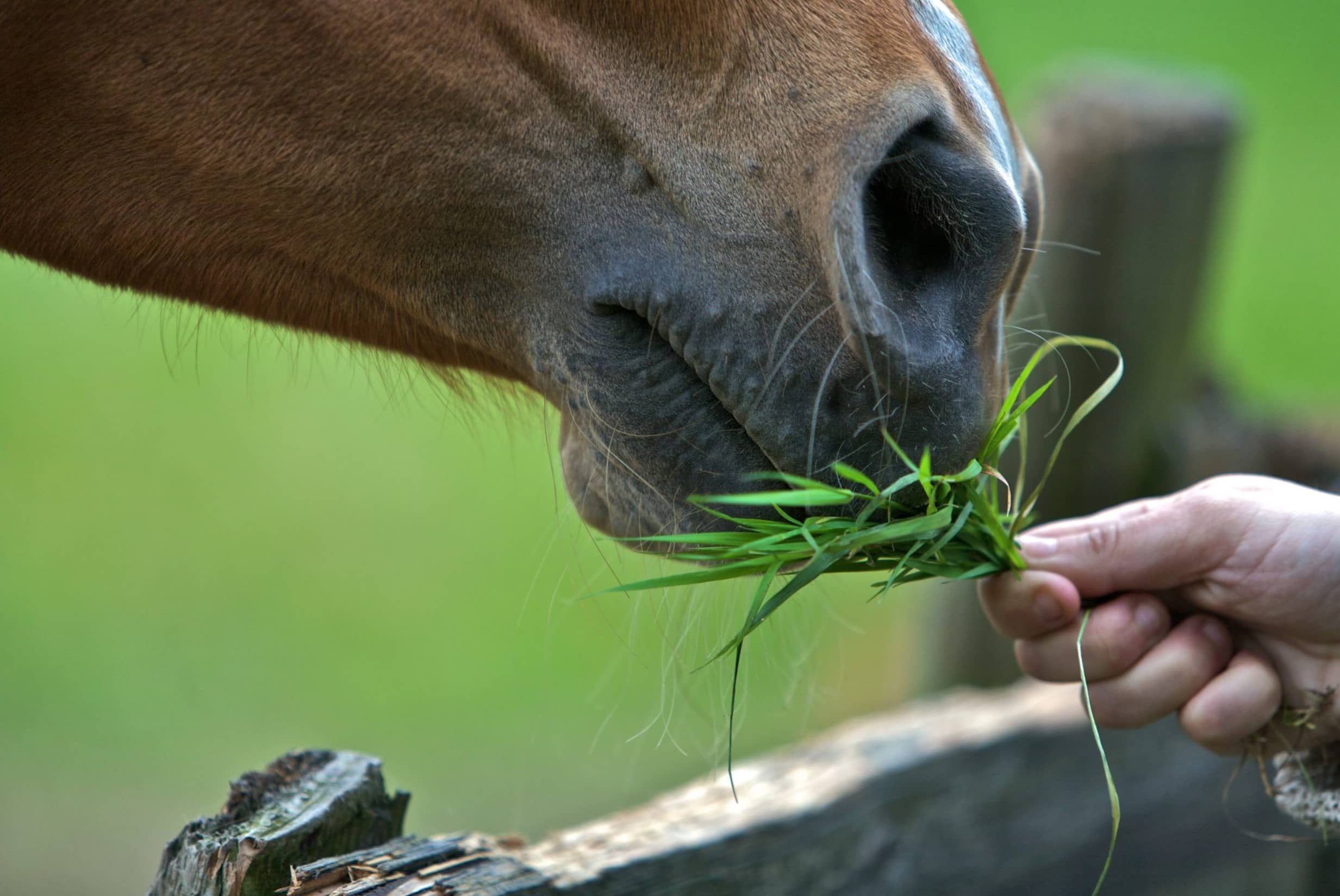
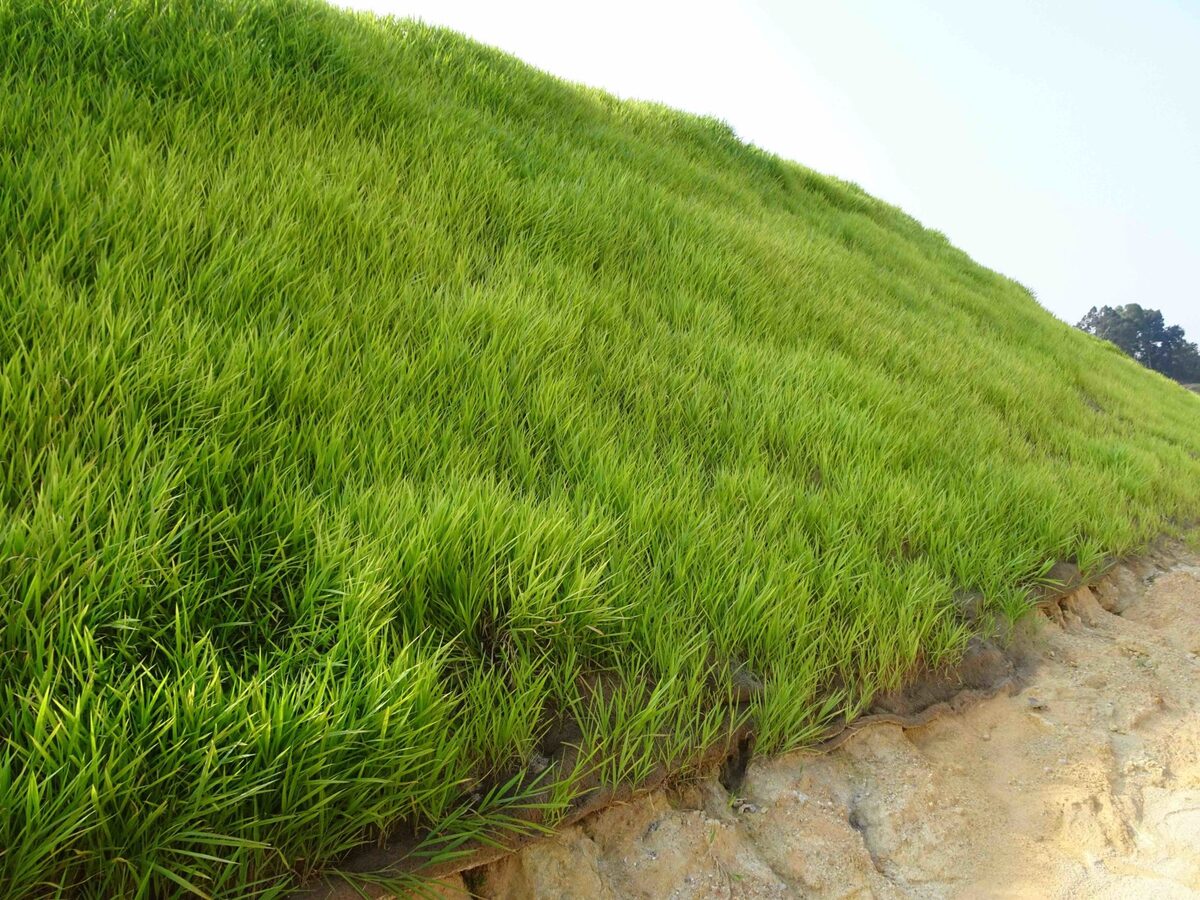
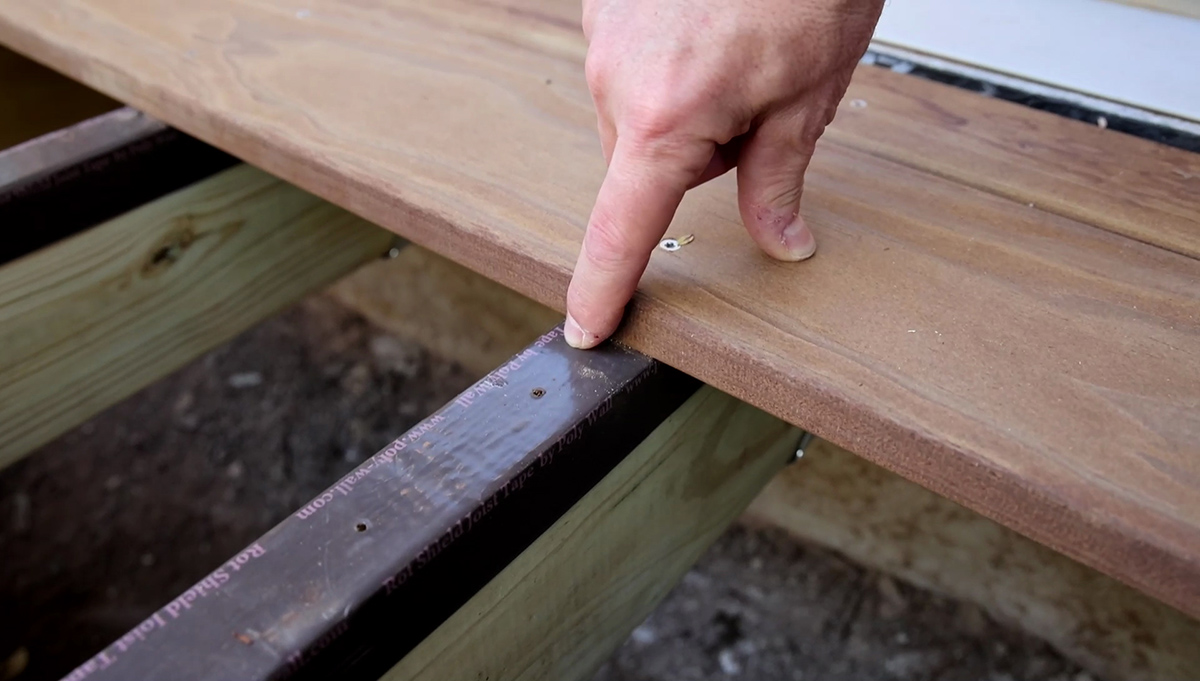


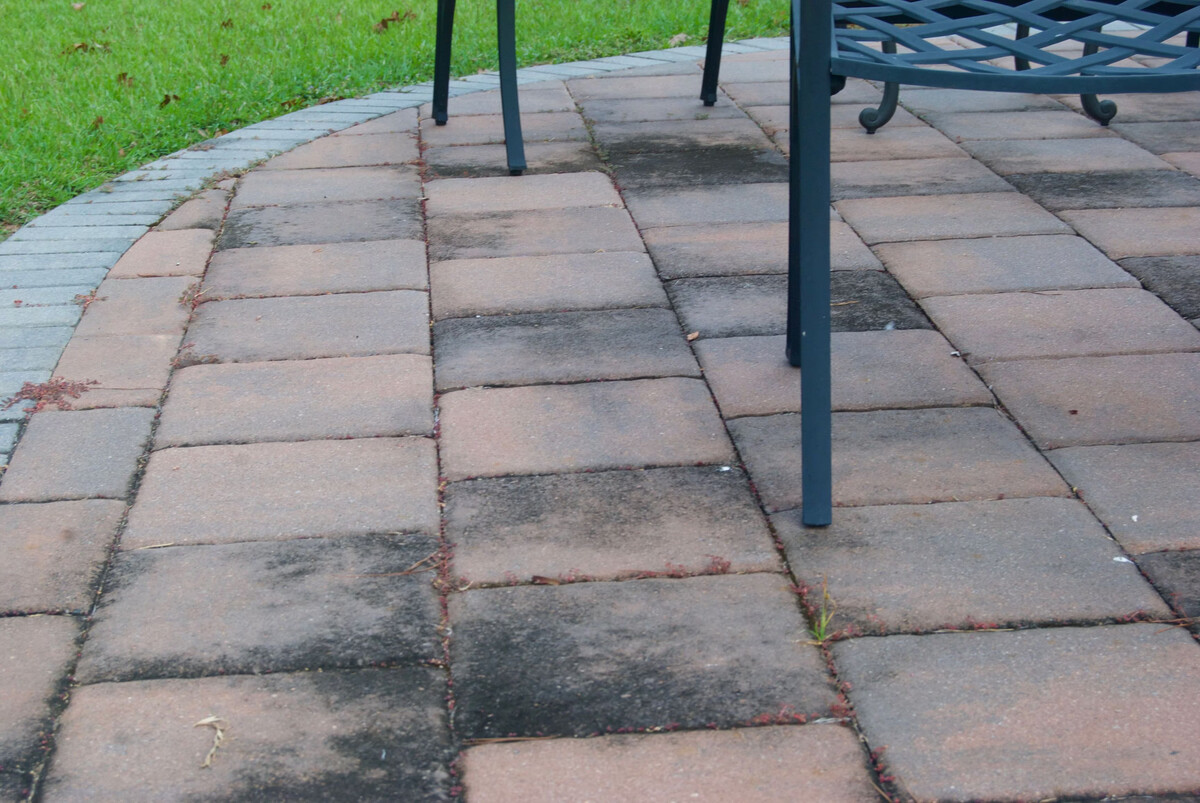
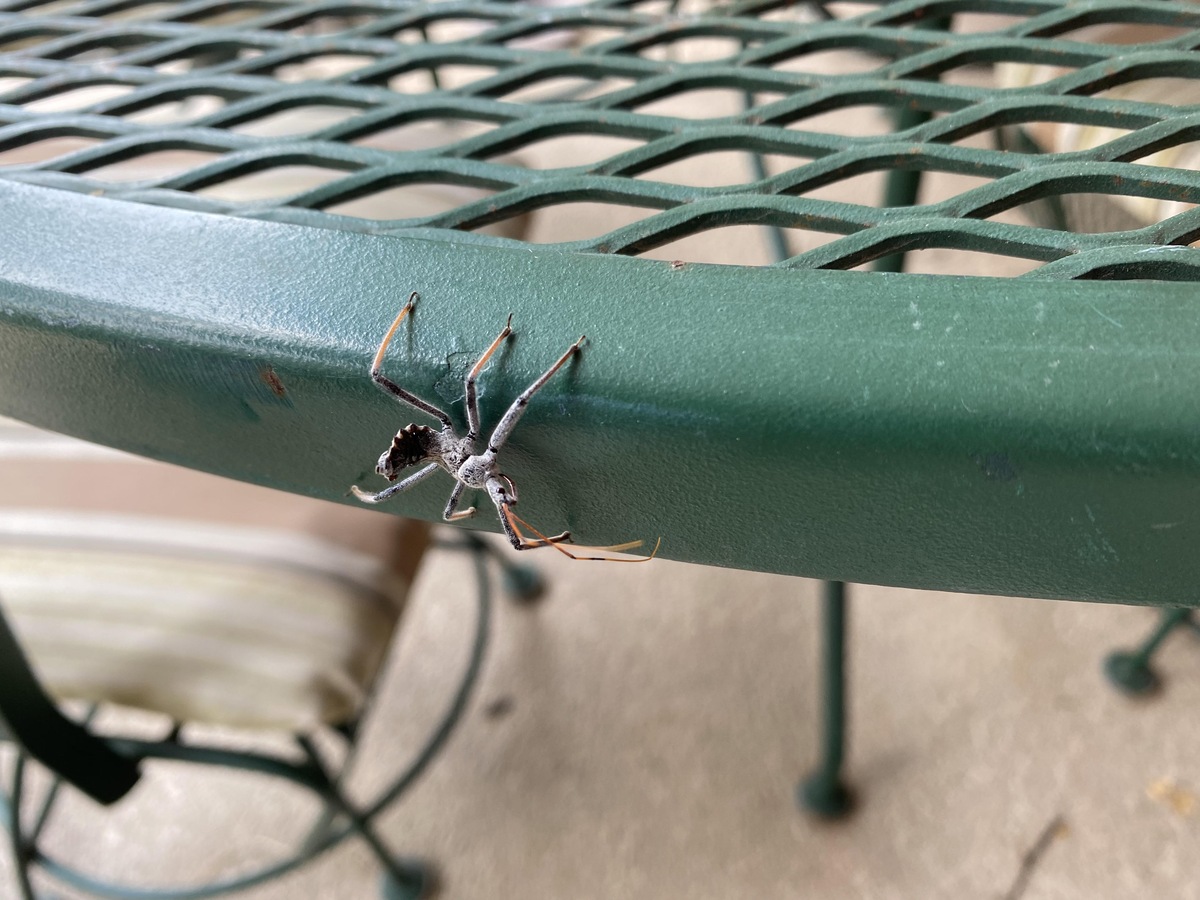
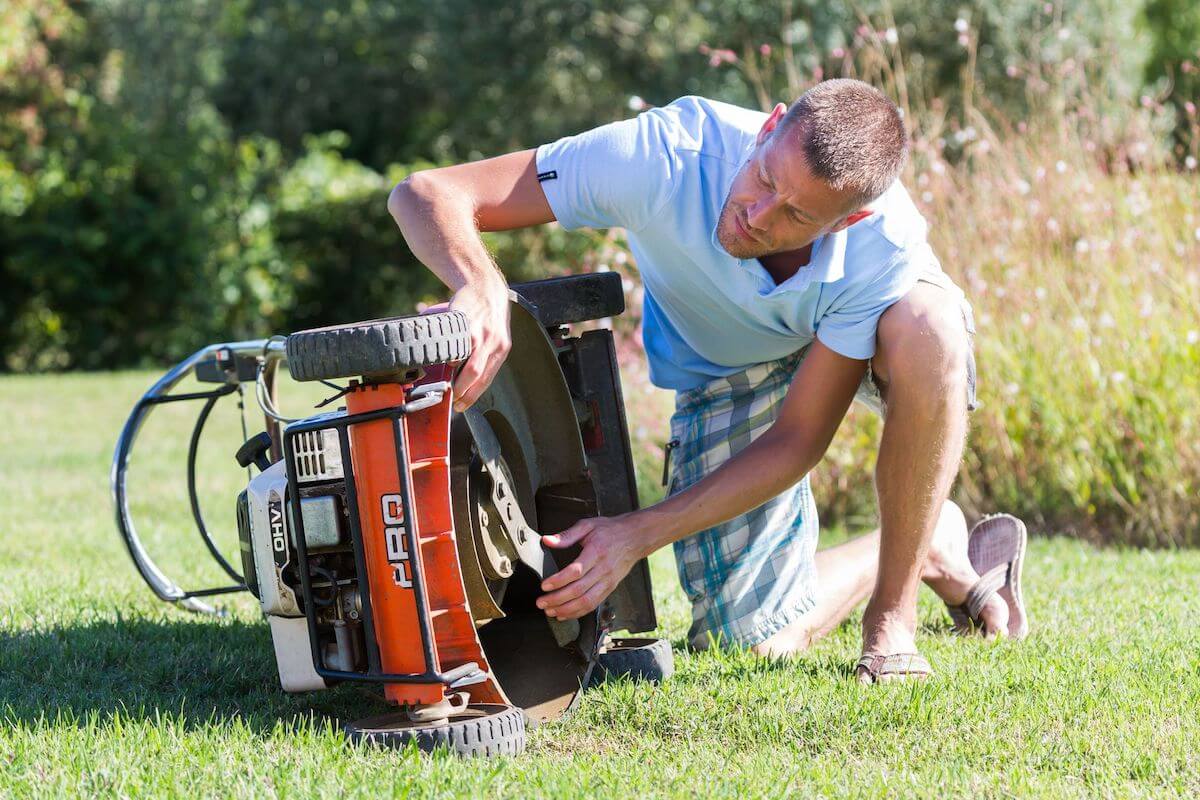

0 thoughts on “How To Prevent Grass Glands In Horses”